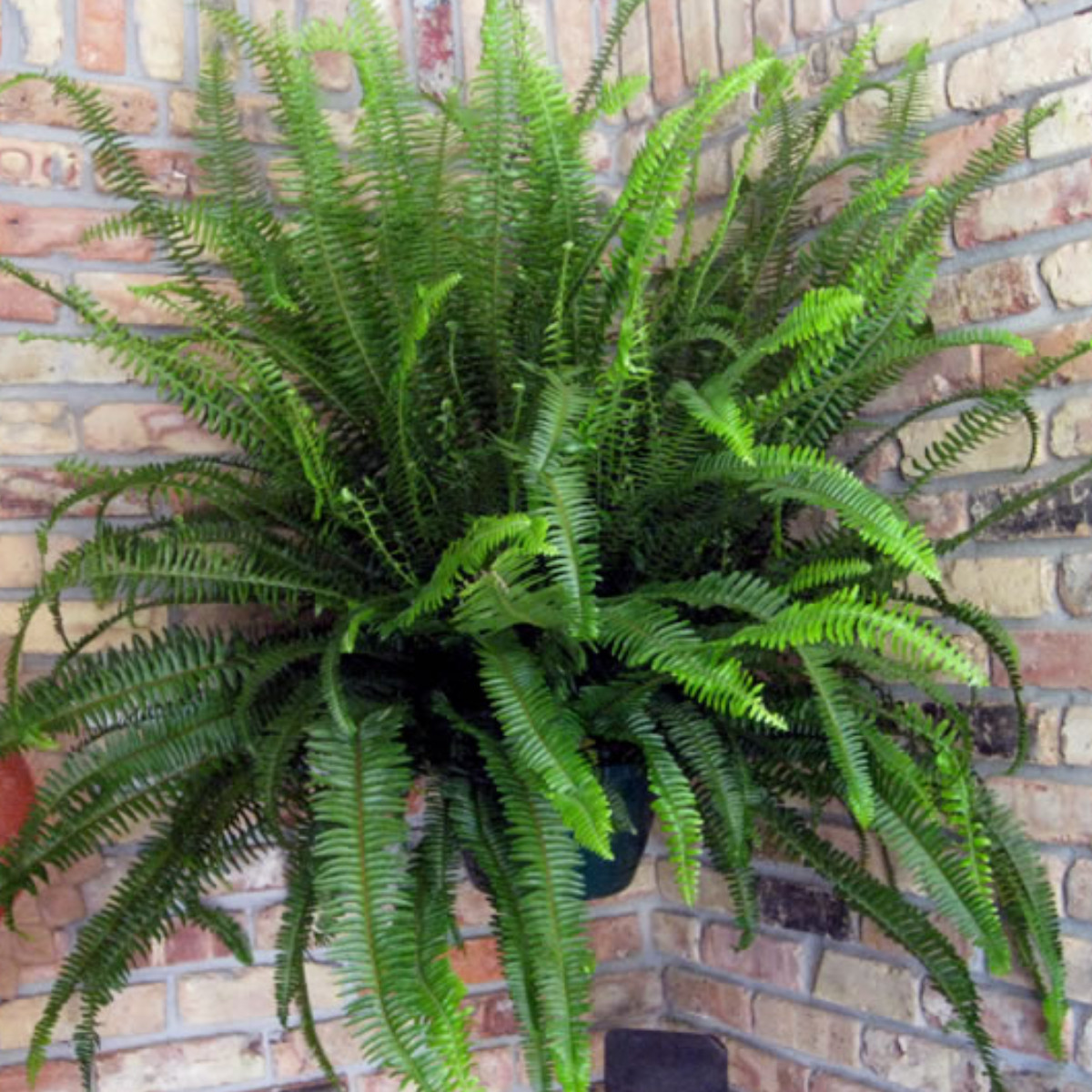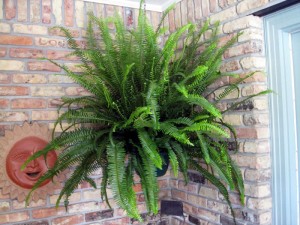Family: Lomariopsidaceae
Distribution and habitat: Nephrolepis obliterata is a large, ground-dwelling or terrestrial fern which grows in rainforests upon rocks or in soil near lakes or streams native to northeastern Australia and New Guinea.
Description: Nephrolepis obliterata is considered to be one of the most beautiful among all ferns. It has large fronds and beautiful upright bushy and sword-sahped leaves. The leaf stems or petioles are covered with sparse red-brown hair-like scales with pale margins and a few longer hairs. The fronds are evergreen, long and feather like, the leaflets have margins which are lightly scalloped.
It has large fronds going up from the soil and beautiful upright bushy and sword-shaped leaves.
Houseplant care:Nephrolepis obliterata is one of the easier ferns to grow. This fern does great both indoors and outdoors!
Water: The Nephrolepis obliterata requires consistently moist soil; do not let dry out between waterings. Do not let the plant stand in water. Nephrolepis obliterata is sensitive to both too little and too much water, so water the plant well but permit the soil to dry out between waterings.
Light: Nephrolepis obliterata is either low light or high light tolerant. The more sun, the more moisture is required.
Nephrolepis obliterata prefer bright, but indirect sunlight.
Temperature: Normal room temperatures are suitable throughout the year. For temperatures abouve 21C (70F), Nephrolepis obliterata should receive increased air humidity by standing the pot on a tray of damp pebbles and mist spaying the foliage daily. Minimum tolerable temperature for Nephrolepis obliterata is 10C (50F). Temperatures between 15 to 24C (60-75F) are best.
They are frost sensitive and are killed to the ground by a few degrees of a freeze. However, they will return if the cold weather is not a prolonged freeze.
Potting and repotting: Use either a standard peat-based potting mixture or a combination of half soil based mixture and half leaf mould. When the roots of the Nephrolepis obliterata have its current pot, repot in the spring, moving the plant into a pot only one size larger. After maximum convenient pot size has been reached, remove the plant from its pot every spring, carefully trim away some of the outer roots and replace the plant in the same pot, which has been thoroughly cleaned. Add fresh mixture as required.
Propagation: Nephrolepis obliterata reproduces by spores or is easily divided to form new plants. Propagate whatever desirable by potting up a new plantlet taken from any point where the tip of a runner has rooted down. Use a sharp knife to cut through the runner about 5cm (2 inch) from the tip, thus releasing the rooted plantlet. Plant it in a 8cm (3 inch) pot of the preferred potting mixture for adult plants and treat it in the same way as a mature specimen.
Uses: Nephrolepis obliterata are quite popular for use on patios or covered decks during the spring and summer. Ferns are used as specimens in atriums, greenhouses, and conservatories and can be found in the smallest apartments to the largest homes. They offer a quiet, graceful beauty by softening landscapes indoors and out.
Nephrolepis obliterata has the added benefit of reducing indoor air pollution. These types of houseplants clean formaldehyde, toluene and xylene out of the home.
SUMMARY:
CHARACTERISTICS:
Foliage green
Shape upright
Height: 60-90cm (24-36 inch)
PROPER CARE:
Watering in rest period moderately
Watering in active growth period plentifully
Light bright filtered
Temperature in rest period min 10C max 13C (50-55F)
Temperature in active growth period min 13C max 24C (55-75F)
Humidity high
Hardiness zone: 9a-11



